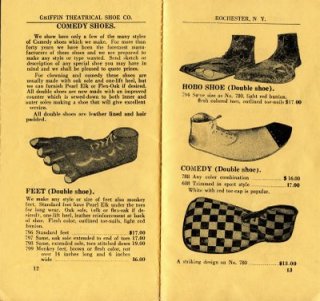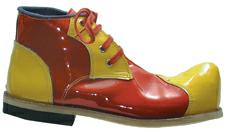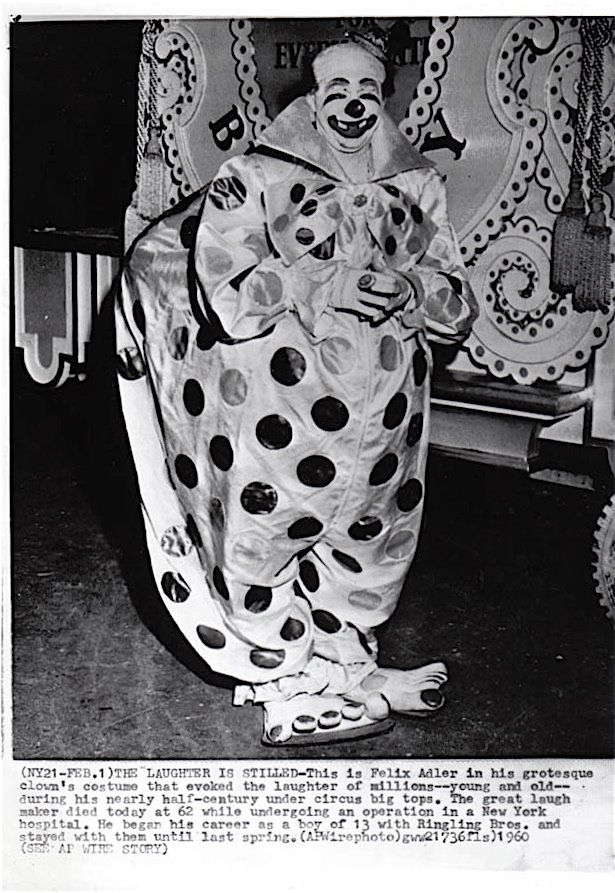When I was about 13 years old I had a neighbor named John Buckholtz. Mr. Buckholtz made clown shoes for a living, a family business that dated back to 1873. His grandfather was Raymond Griffin, the son of James R. Griffin, who originally founded Griffin Theatrical Shoe Co. By the time the business was handed down to Mr. Buckholtz, he was one of less than a handful of clown shoemakers in the world, and arguably the only one who still custom made them by hand.
Occasionally I would do yard work for Mr. Buckholtz for extra money. Over time he recognized my work ethic and desire to learn, so one day he offered to teach me how to make clown shoes. With my mother’s permission and a nervous enthusiasm, I accepted, unaware of what was in store for me.
 Nowadays I see this same beauty in entrepreneurism. It starts as a vision, or an idea, but we craft our decisions and actions to create something that fills a need for others. Mr. Buckholtz’s family business lasted over 100 years, and did so out of the quality and customization they provided their clients. It’s interesting how we have come full circle from back when most all retailers were small and specialty to progressing in the industrial age to mass manufacturing and now back again to the specialty shops thriving by customizing to their clients respective needs. Can some form of customization help distinguish your product or service (the purple cow) and keep the competition at bay?
Nowadays I see this same beauty in entrepreneurism. It starts as a vision, or an idea, but we craft our decisions and actions to create something that fills a need for others. Mr. Buckholtz’s family business lasted over 100 years, and did so out of the quality and customization they provided their clients. It’s interesting how we have come full circle from back when most all retailers were small and specialty to progressing in the industrial age to mass manufacturing and now back again to the specialty shops thriving by customizing to their clients respective needs. Can some form of customization help distinguish your product or service (the purple cow) and keep the competition at bay?




